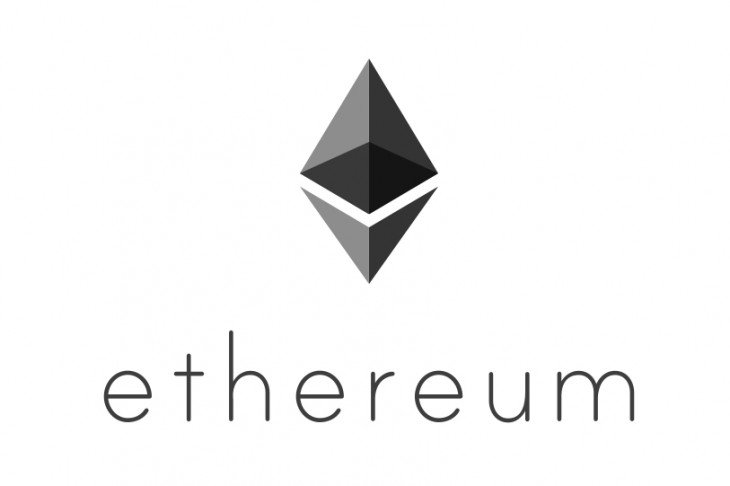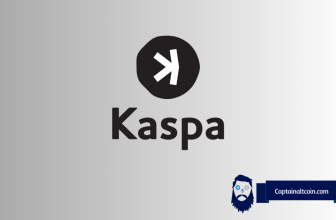
As the Ethereum father himself, Vitalik Buterin said, Ethereum’s current state is far from the ambitious vision of the most powerful world computer:
Ethereum 1.0 is a couple of people’s scrappy attempt to build the world computer; Ethereum 2.0 will actually be the world computer.
It is a new proposed solution for Ethereum scalability problem. Ethereum blockchain has been a victim of its own success – tons of project launching their tokens on top of ETH blockchain proved to be too much for its current design and output. At the peak of activity, Ethereum was clogged to death with trivial games like Cryptokitties.
The solutions for the scalability issue piled up almost on weekly basis. Two most prominent solutions came from the very top of the Ethereum hierarchy – Vitalik Buterin himself. One proposal is the so called Casper – proof of stake consensus mechanism and the other is sharding – creation of thousands of sidechains that would easily scale to millions of transactions per second, leaving even the contemporary benchmark Visa in the dust.
The most recent idea bidding to solve the arduous scaling problem for Ethereum is the Ethereum 2.0 – a completely new blockchain that will have both Casper and Sharding implemented on it.
Let’s have a brief look at what is this latest product from the Ethereum’s idea kitchen all about.
In the presentation by Ben Edgington, Ethereum 2.0 is mentioned as the ultimate solution which needs to be designed with three set of mandatory and optional features in mind: what must it have, what should it have and what could it have.
Must haves are on chain scalability, thousand times bigger capacity than the current one. The other indispensible feature that needs to be present is proof of stake consensus. Both of these conditions are means to the goal which is: decentralization, availability, security, usabiltiy, continuity.
The should haves are less discussed properties like: quantum resistance, account abstraction, delayed state execution and atomic cross hard transactions.
The could haves are rent storage abilities and Casper CBC consensus.
New Ethereum 2.0 architecture is a much more complex structure than the “scrappy attempt” called Ethereum. It is a multi-layered system with an anchor PoW chain on top of which will be running the coordinating chains called Beacon chains which are foundation for the Shards – sidechains that will run the Ethreum Virtual Machine – EVM.
There is a whole bevy of teams that are taking part in building this new complex Ethereum 2.0. Some of them are familiar names like Status, Prysm, Pegasys, Lodestar, Harmony, Parity etc.
What is the timeframe for this?
Optimistic one is 2021 but if history is any indicator, it would be better to add a year or two on top of that.






